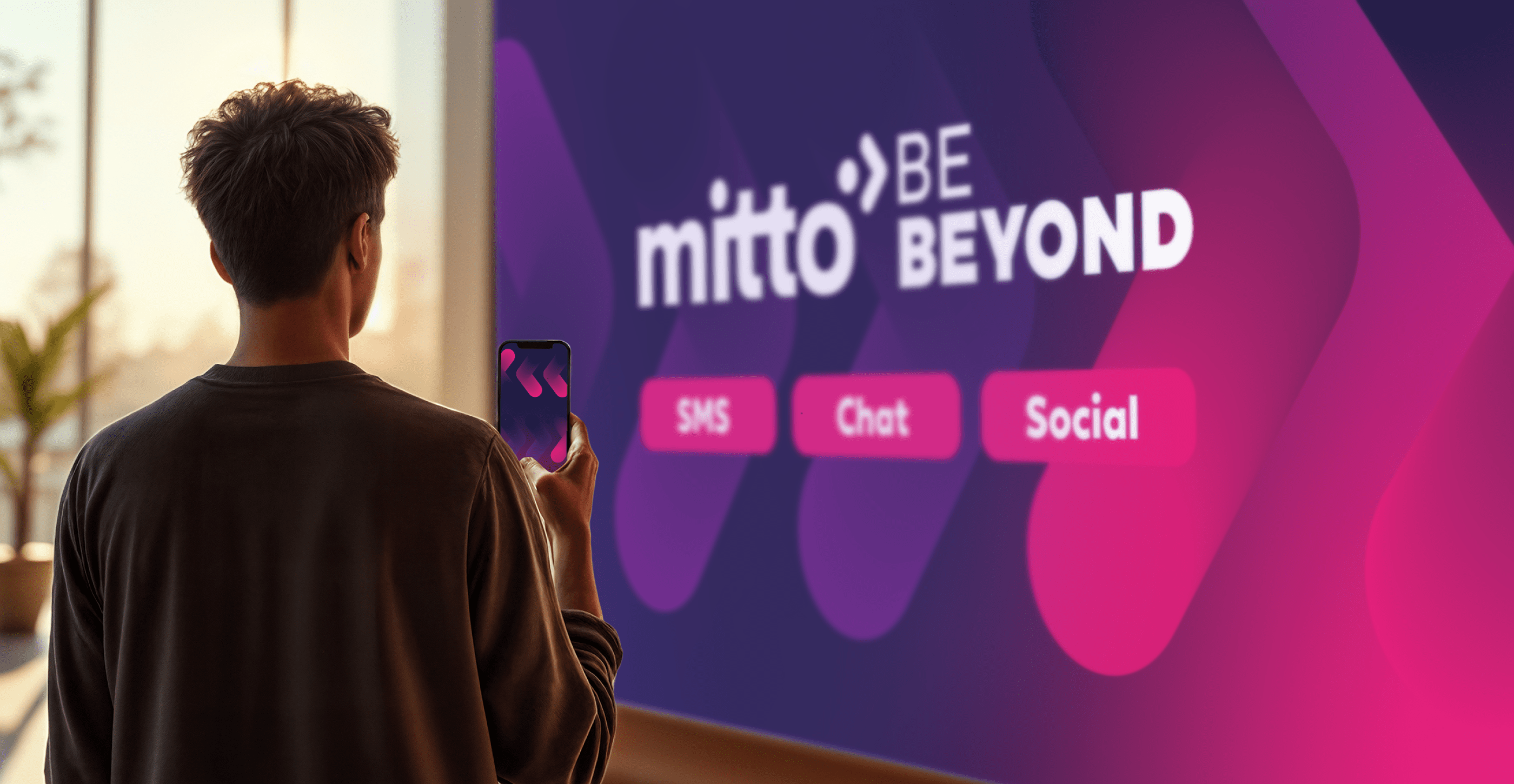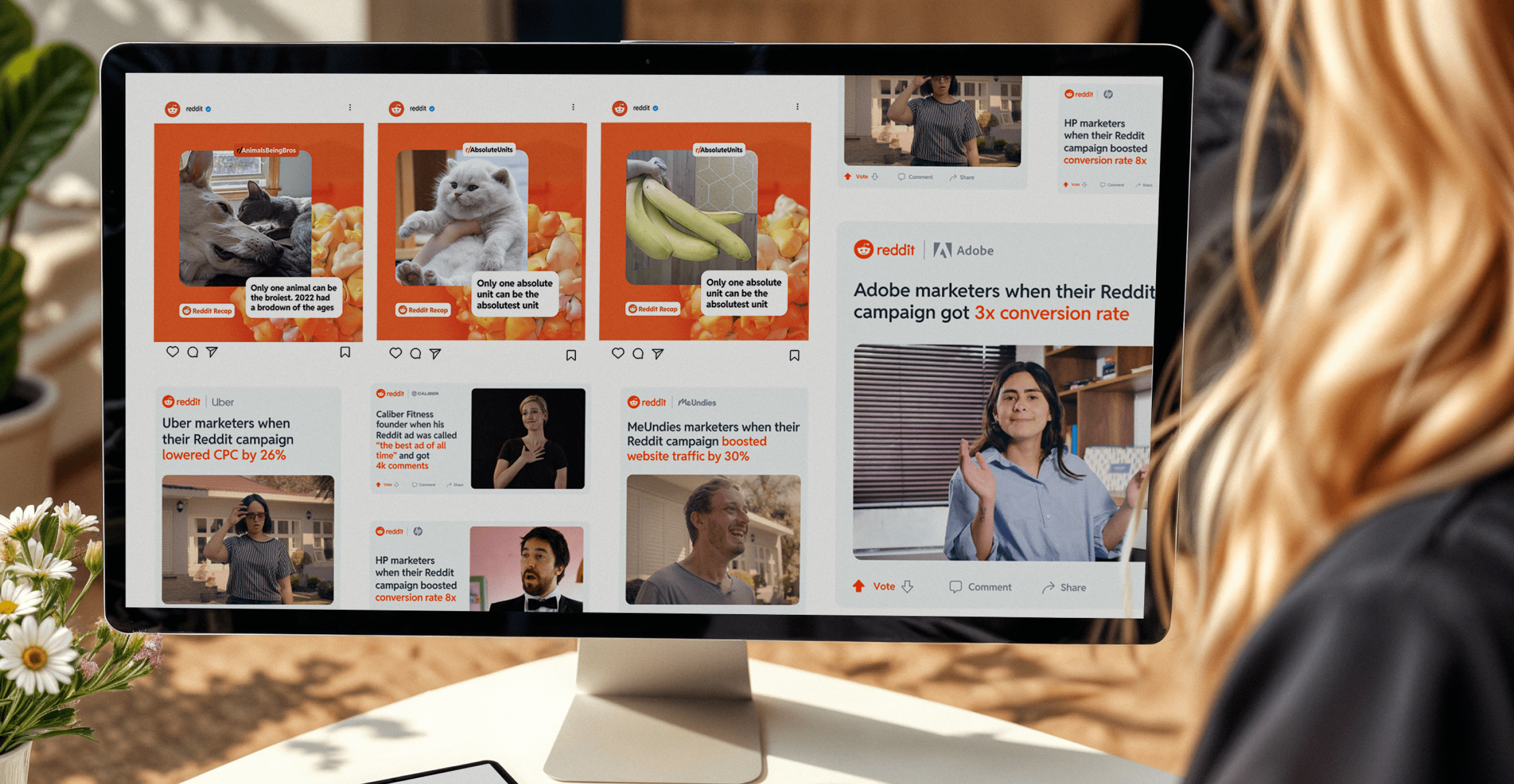Generational Marketing: Why it Matters & How to Implement it

Marketers understand better than anyone the importance of effectively targeting an audience to ensure brand success. With numerous ad mediums available for brands to use, it is crucial that marketers understand what channels and content appeal to different target groups best.
One of the many ways marketers divide the different target segments is by age group. This is referred to as generational marketing and is an essential marketing strategy to reach and convert consumers.
What is Generational Marketing?
Generational marketing is a marketing strategy that uses generational segmentation to approach product development, marketing and communication. This strategy is based on the concept that a consumer’s age plays a critical role in their decision making. This means that the type of content and media that appeals to one generation will not always work for another. That is where generational marketing comes into play.
This marketing strategy is much more than simply altering a brand’s language on different media platforms. It’s about fostering an in-depth understanding of what makes a generation tick so as to provide valuable content that will attract your target audience and drive sales. Once you understand this, you will gain a competitive edge to target the different generational segments with relevant services and products. [1]
Meet the Generations
Most marketers are already privy to the concept of generational marketing. But there can be some confusion in regards to what the different generations are and how they’re divided. Take a look at the generation segments brands are targeting today: [2] [3]
1. Baby Boomers
The Baby Boomer generation consists of those born between 1946 and 1964. This generation is most commonly defined as experimental, individualist and free-spirited, having grown up during the “American Dream” era. They were brought up during the rise of telephones and voicemails and, as such, appreciate speaking directly to people.
Baby Boomers are receptive to direct marketing and sales tactics but are the most likely to misinterpret Facebook remarketing ads. While they may not understand smart technology as well as younger generations, they actually spend the most money on it.
2. Generation X
Those born between 1965 and 1980 are part of Generation X, the smallest of the generations. This generation’s characteristics include rebellious, independent and entrepreneurial. In addition to managing their young children, mortgages, and other expenses, many Gen Xers are currently at the height of their careers.
But despite how busy this generation may be, they have definitely found time to establish an online presence. More than 80% of Gen Xers report that they are on Facebook, MySpace and Twitter. While they may embrace social media and online shopping, Gen Xers were raised in a time without online shopping and, as such, remain loyal to in-store shopping trips.
3. Millennials
Born between 1981 and 1999, Millennials are by far the most popular and talked about generation. This generation is most commonly defined as socially and environmentally aware, as well as tech-savvy, independent and wealthier at a younger age.
This generation has such economic and financial power, marketers are constantly devising new strategies and tactics to appeal to Millennials. This group is the most responsive to online shopping, but very unresponsive to more traditional marketing. In other words, Instagram and Facebook often do the trick when it comes to reaching a Millennial audience.
4. Generation Z
Anyone born from 2000 to today is considered part of Generation Z, also known as the Net Generation. Gen Z is truly digitally native.They’ve grown up with the internet and are tech-savvy, brand conscious, community-oriented and multicultural. While it’s no secret that marketers traditionally favor the Millennial audience, Gen Z is showing signs of becoming the next ‘it’ generation segment in the years to come as they come of age.
Gen Z is expected to account for about 40% of all consumers by 2020, which poses a massive opportunity for brands. While this generation is big into social media, the way in which they consume content on popular platforms differs from their predecessor generations.
How to Implement Generational Marketing
Understanding who you are targeting is the first step to effectively implement generational marketing. The next step is to discover the different tactics that align with each generational segment. Consider each generation’s individual characteristics and influences to devise a plan of action for your marketing strategy. [4]
Baby Boomers
Baby Boomers are very post-retirement oriented, with the mentality that this is the time to reap the rewards from a lifetime of hard work. Rather than using lingo that targets older age, try using language more centered around fun activities and happiness. Imagery that relates to traveling and indulging in life’s great experiences should be at the core of your marketing for this generation.
Keep in mind that many Baby Boomers engage on social media platforms to stay connected with old friends and family members. Marketers should consider using traditional ad mediums, such as TV, radio, and print, in addition to finding ways to incorporate Facebook in their efforts.
Generation X
Most Gen Xers are middle-aged and preoccupied with their careers and young children. Therefore, marketing aimed at this generation should emphasize a focus on family and fun. As many Gen Xers are currently at the peak of their careers, email plays a huge role in both their professional and personal lives.
Brands can try implementing email campaigns among other digital tools to reach this generation.
Millennials
Millennials have a reputation for challenging traditional marketing tactics. This generation has played a massive role in how content is delivered, often driving marketers to devise new ways to use technology and social platforms. Millennials value experiences over things and tend to opt for businesses that place social, political and environmental issues at their core.
With that in mind, marketers should strive to target this group with an experience-based mentality. In other words, consider more interactive events and campaigns that showcase your brand as innovative and in tune with current issues. Spotify and Hulu are great ad mediums for this generation that combine both valuable content and interactive experiences.
Generation Z
The new up-and-coming consumer powerhouse, Gen Z is the youngest of the generations but they are masters of the digital media universe. This generation has never known a time without digital media and, therefore, expects content to be delivered in a fast and authentic manner. Such mentality calls upon brands to think fast, convenient, innovative and digital when marketing to Gen Z.
As this generation continues to grow into its full consumer potential, we will learn more about what type of content works and what doesn’t. For now, marketers targeting Gen Z should definitely tap into Twitter, Instagram and Facebook, as well as the many social media influencers this young generation follows and trusts.
Generational Marketing for Future Success
Despite the different marketing tactics that each generation calls for, there is one commonality that marketers must keep in mind when implementing generational marketing: empathy.
Whether it be teaming up with a YouTuber for Gen Z or running a TV ad alongside a Facebook campaign for the Baby Boomers, it is essential that marketers understand and empathize with their target audience. While not all individuals in an age group are the same, generational demographics are a key factor in understanding how age impacts the way content is delivered and received.
Create and promote content that is relevant to who you are targeting by implementing generational marketing. Not only will this help your business succeed, it will also help your brand establish a loyal consumer base across the generations.
Reference:
[1] https://www.marketing91.com/generational-marketing/
[2] https://www.mightycall.com/blog/generational-marketing/
[3] https://www.wordstream.com/blog/ws/2016/09/28/generational-marketing-tactics
[4] https://blog.watermarkadvertising.net/generation-marketing
Amrita is a veteran B2B SaaS marketer and the VP of Marketing at Superside. Besides preaching to everyone and their mother about how good execution is the ultimate differentiator for your company, she hosts our monthly Gather & Grow series featuring leaders from Adobe, Dropbox, HubSpot, Intuit, Shopify and more. Find her on LinkedIn and Twitter and say hi!
You may also like these

Formats that land: Inside a growth and brand team's recipe for results
There’s no singular formula for breakthrough creative.But if there’s a throughline, it’s this: The formats you choose matter as much as the message you’re trying to send. In an era where attention is currency, getting the right mix of video, visuals and content isn’t just a nice-to-have—it’s a growth imperative.To unpack what that mix looks like, we talked to Meg Gowell and Kevin Branscum, from Typeform’s growth and brand teams, and Darren Suffolk, from Superside’s video team for our latest guide: Inside Great Creative Partnerships. Bringing together both the creative and marketing perspectives, they shared: What success looks like across teamsWhy video (still) wins
12 omnichannel marketing examples for inspiration in 2025
Modern customers move across various channels and rarely stick to just one brand touchpoint. In fact, seven out of ten retail shoppers engage with brands across multiple channels before they make a purchase. Brands that embrace this reality with strong, coherent omnichannel strategies see the payoff: They retain at least 89% of their customers, compared to just 33% for those with weaker approaches. Even more striking, omnichannel marketing can drive sales increases of up to 287%.Omnichannel means consistency, uniformity and integration between creative, marketing and data teams aren’t just best practices. They’re powerful elements for a marketing campaign's success and sustainable growth.In this article, we highlight the best omnichannel marketing examples of 2025 and examine how top brands craft exceptional, cross-platform experiences that foster customer loyalty and drive business results.What is omnichannel marketing?
15 best meme marketing examples from big brands in 2025
Doge, Pepe the Frog, Grumpy Cat or Flex Tape. Most of us have shared a spot-on meme with friends or coworkers. Still, many brands overlook the fact that memes aren’t just silly jokes but powerful marketing tools.Audiences expect marketing that blends seamlessly into their social feeds, and over 60% of people say they’re more likely to buy from brands that use memes.Memes are humorous, relatable and emotive. When used strategically, they’re a low-cost, high-reward way to get your brand noticed. Plus, marketing memes that tap into current trends and internet culture could drive relevance for your brand.As the world’s leading AI-powered creative service, Superside is your go-to partner for scroll-stopping, brand-boosting creative campaigns that can include memes.But before we get into how Superside can supercharge your growth, let’s break down the magic behind meme marketing, why these visuals work wonders for brands, and 15 real-world meme marketing examples that delivered results. 😉








